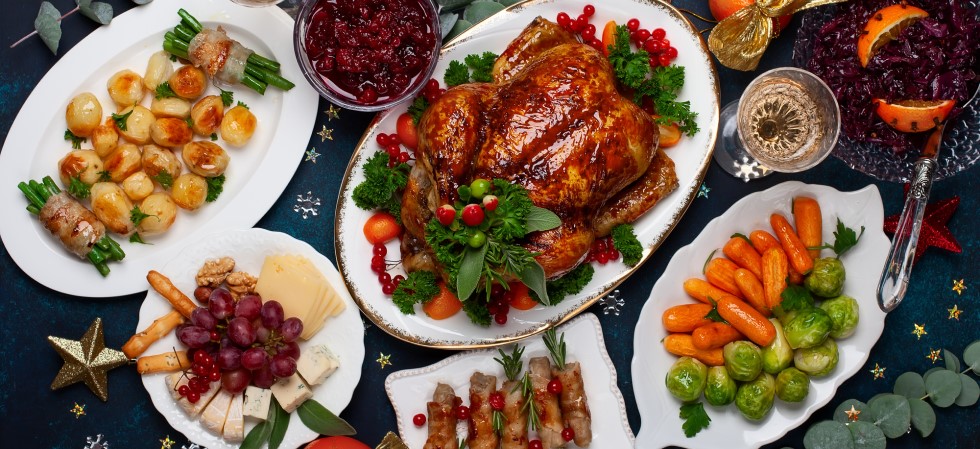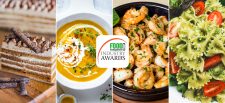For the four weeks up to 25th December 2022 take-home grocery sales hit £12.8 billion. The first time the £12 billion mark has been breached, according to Kantar. The traditional grocers still captured most of the Christmas purchasing, with Tesco, Sainsbury’s, Asda and Morrisons accounting for more than two thirds of all spending.
Asda led this group, with sales up by 6.4%, closely followed by Sainsbury’s and Tesco which achieved sales growth of 6.2% and 6.0% respectively. Despite sales falling by 2.9%, Morrisons had its best performance since June 2021, standing the retailer in good stead for a return to growth in the new year.
Aldi remained the fastest growing grocer with 27% growth taking its market share up from 7.7% this time last year to 9.1%. Lidl’s sales increased by 23.9%, moving its market share up by 0.9 percentage points to 7.2%.
Iceland’s sales grew by 10.2%, with sales of frozen poultry rising by 15% and frozen prepared foods by 18%. This pushed Iceland’s market share to 2.5%. Co-op’s market share now stands at 5.6% while Waitrose has 4.7%. Ocado increased sales by 8.2%, maintaining a market share of 1.7%.
Fraser McKevitt, head of retail and consumer insight at Kantar, explained the background to the record sales levels: “Monthly grocery sales were a whopping £1.1 billion higher in December versus last year, breaching the £12 billion mark for the first time. Value sales are up significantly but grocery price inflation is the real driving factor behind this rather than increased purchasing. If we look at the amount people bought this period, sales measured by volume are actually down by 1% year-on-year, showing the challenges shoppers are facing.
“This story played out across the traditional Christmas categories. For example, value sales of mince pies soared by 19% but volume purchases barely increased at all. Christmas puddings were popular, growing by 16% in value and 6% in volume terms. Brussels sprouts were off the menu for some households as the proportion buying them fell to 45% from 48%.”
Grocery price inflation now stands at 14.4%, down slightly from 14.6% in November. McKevitt added: “This is the second month in a row that grocery price inflation has fallen, raising hopes that the worst has now passed. However, it’s still a painfully high figure at the current rate, impacting how and what we buy at the shops.”
Consumers continued to trade down to supermarkets’ own label products this period, with sales rising by 13.3%, well ahead of a 4.7% increase in branded lines. McKevitt explained: “The British supermarket sector is more competitive than ever and the grocers are keen to retain customers by offering their own festive alternatives. This has included an emphasis on premium own label products, giving consumers a way to treat themselves this Christmas. These lines always do well at this time of year and this festive period was no exception with sales growing by 10.2% to hit more than £700 million for the first time. Tesco’s Finest range remains the single largest premium own label line by some distance, while Aldi and Lidl were the biggest contributors to the premium own label sector’s overall growth in 2022.”









